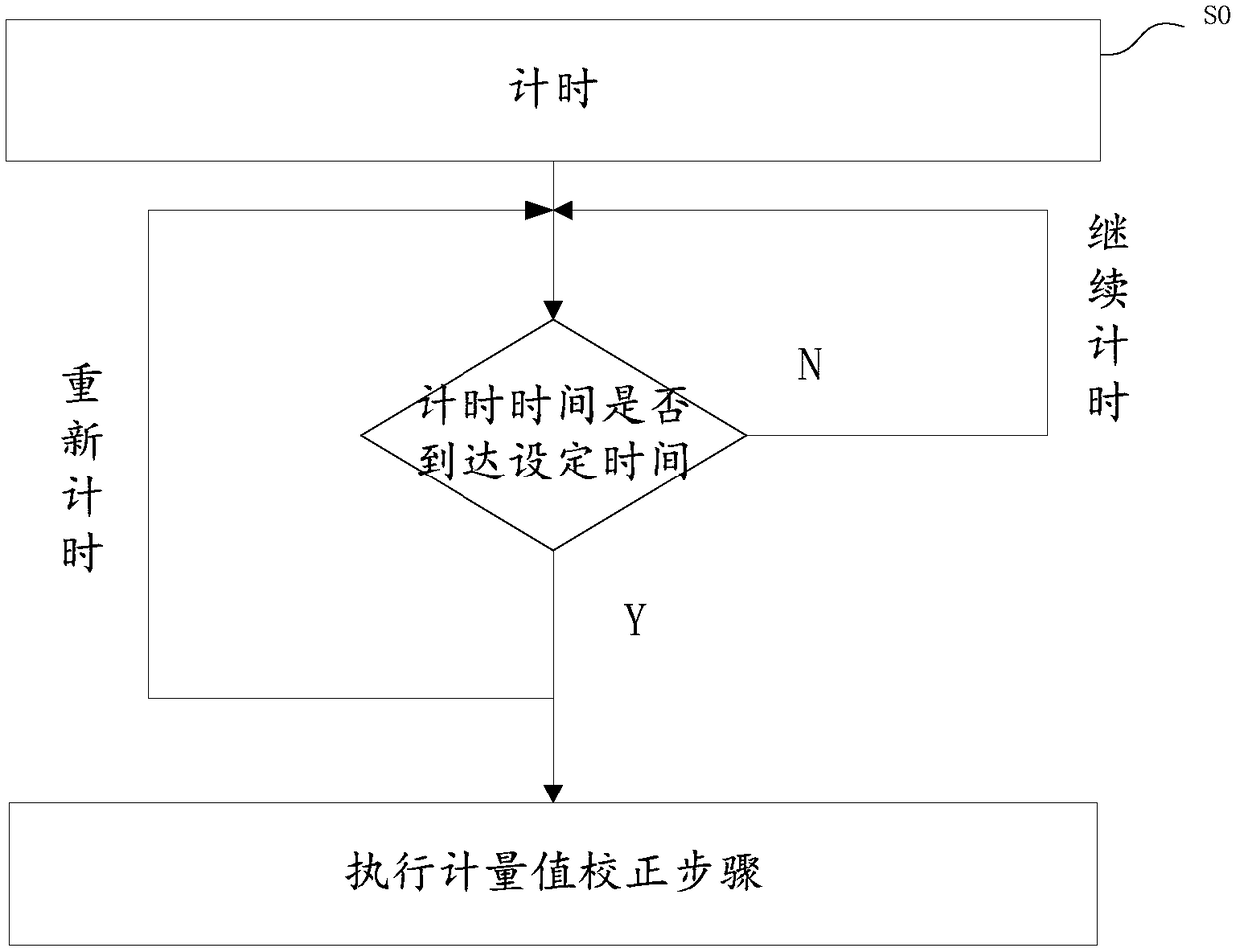Measuring Microplastic Concentrations in Water by Electrical Impedance Spectroscopy

Let us consider an example of a GPS that is attempting to locate the position of a restaurant in a city. Think of the restaurant location as existing at the center of a bulls-eye target, and think of each GPS attempt to locate the restaurant as a black dot. In figure 1.1, you can see that the GPS measurements are spread out far apart from each other, but they are all relatively close to the actual location of the restaurant at the center of the target. However, in figure 1.2, the GPS measurements are concentrated quite closely to one another, but they are far away from the target location. Pedometers are devices which measure steps or count data, and specific step count cutoffs may be utilized to approximate intensity levels. However, pedometers cannot directly measure physical activity intensity.
Where should we send your answer?
- Basically, two parallel wires with an electric current running through them will produce an attractive force on each other.
- Select slope-intercept form and drag the blue circles along the line to change the line’s characteristics.
- The second black-box condition of measurement is that it is a process designed on purpose, rather than a transformation that spontaneously happens.
- There are two different rules, one for multiplication and division and the other for addition and subtraction, as discussed below.
- For more information on the accuracy, precision, and uncertainty of measurements based upon the units of measurement, visit this website.
Therefore, with the metric system, there is no need to invent new units when measuring very small or very large objects—you just have to move the decimal point (and use the appropriate prefix). For many years it was defined as 1/86,400 of an average solar day. However, the average solar day is actually very gradually getting longer due to gradual slowing of Earth’s rotation.

Unit Conversion and Dimensional Analysis
The definition of the meter has changed over time to become more accurate and precise. The meter was first defined in 1791 as 1/10,000,000 of the distance from the equator to the North Pole. This measurement was improved in 1889 by redefining the meter to be the distance between two engraved lines on a platinum-iridium bar.
Introduction to Physics
Likewise, many oil-producing countries measure oil in British gallons. The fundamental unit of length (meter) is probably used to create the derived unit of volume (liter). The measure of a milliliter is dependent on the measure of a centimeter. For example, if you are reading a European cookbook, some quantities may be expressed in units of liters and you need to convert them to cups. Or, perhaps you are reading walking directions from one location to another and you are interested in how many miles you will be walking.
Our mission is to improve educational access and learning for everyone.
Electric current is measured in the ampere (A), named after Andre Ampere. You have probably heard of amperes, or amps, when people discuss electrical currents or electrical devices. Understanding an ampere requires a basic understanding of electricity and magnetism, something that will be explored in depth in later chapters of this book. Basically, two parallel wires with an electric current running through them will produce an attractive force on each other.
You can use this method to convert between any types of unit, including between the U.S. customary system and metric system. Notice also that, although you can multiply and divide units algebraically, you cannot add or subtract different units. Even adding two lengths in different units, such as 10 km + 20 m does not make sense.
This belief is no longer held by most scientists, and almost all physical measurements reported today are accompanied by some indication of the limitation of accuracy or the probable degree of error. In summary, according to this initial characterization measurement is an empirical and informational process, designed on purpose, whose input is an empirical property of an object and that produces information in the form of values of that property. We distinguish the contents of this and the following chapter from the rest learn more about estimated tax form 1040 es of the book by noting that we believe the points and positions adopted here should be generally and broadly acceptable to measurement experts of many types. Thus, these two chapters are intended to set up the broad background for the remaining chapters. This chapter aims at presenting the general context of a measurement system and introducing some basic concepts of measurement and the related terms. Finished production of every kind is multiplied by weight factors to apportion the total joint cost to individual units.
The principal Roman capacity measures were the hemina, sextarius, modius, and amphora for dry products and the quartarus, sextarius, congius, urna, and amphora for liquids. Since all of these were based on the sextarius and since no two extant sextarii are identical, a mean generally agreed upon today is 35.4 cubic inches, or nearly 1 pint (0.58 litre). The hemina, or half-sextarius, based on this mean was 17.7 cubic inches (0.29 litre). Sixteen of these sextarii made the modius of 566.4 cubic inches (9.28 litres), and 48 of them made the amphora of 1,699.2 cubic inches (27.84 litres).



